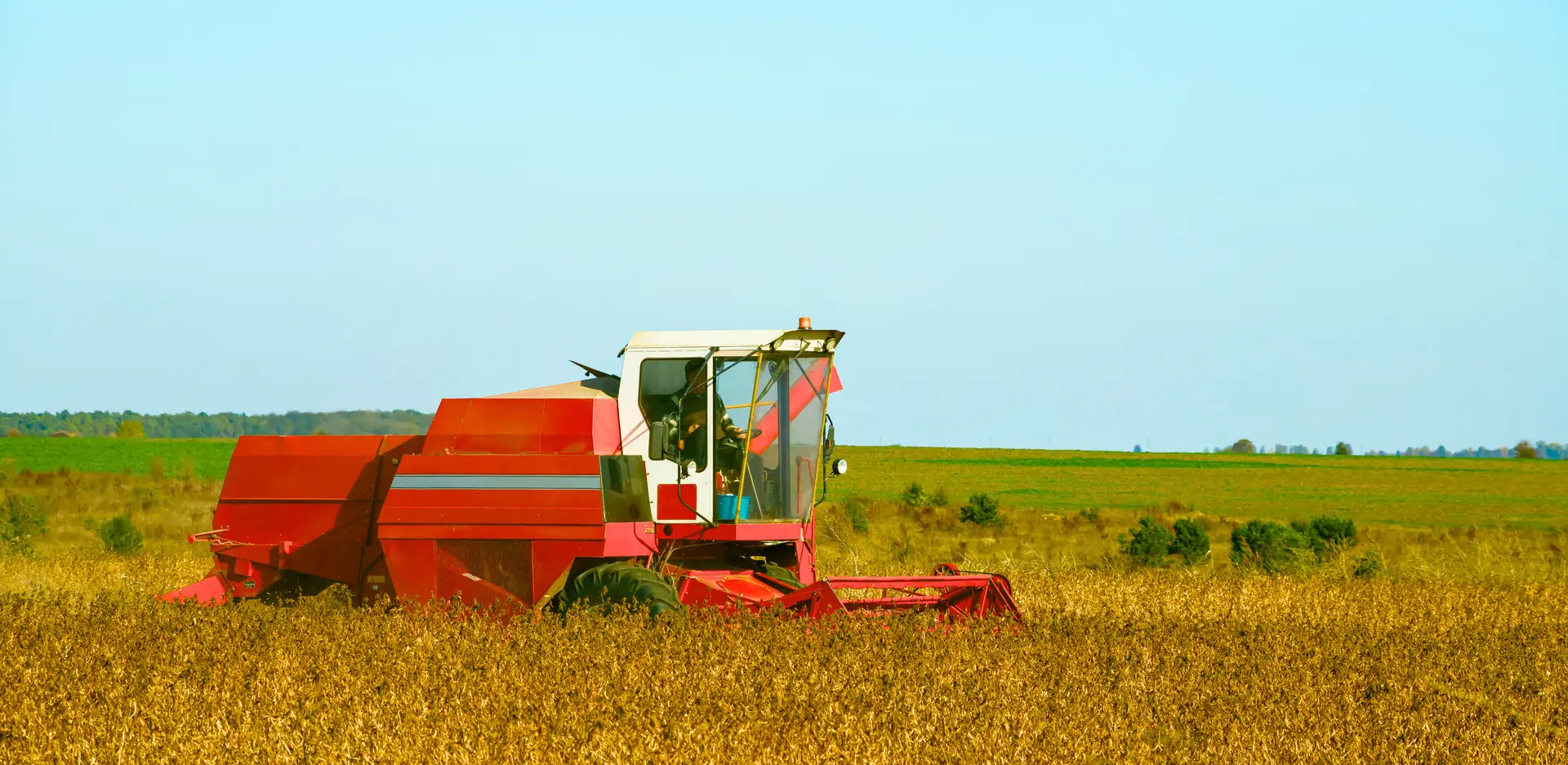Summary
In a dramatic shift in pulse trading patterns, Australia's desi chickpea exports to India have skyrocketed over 400-fold in October-November 2024 compared to the previous year. This surge represents a significant development in the Indo-Australian agricultural trade relationship and signals important changes in India's pulse import strategy.
Record-Breaking Export Numbers
The latest data from Grains Australia reveals an unprecedented increase in desi chickpea exports to India. In November 2024 alone, India imported 349,904 tonnes of desi chickpeas from Australia, dwarfing the mere 463 tonnes imported in November 2023. The cumulative October-November 2024 imports reached 427,465 tonnes, compared to just 1,494 tonnes during the same period last year.
Global Trade Patterns
While India emerged as the dominant buyer, other key markets showed significant activity:
- Pakistan emerged as the second-largest importer, purchasing:
- 50,283 tonnes in November
- Total of 62,777 tonnes in October-November
- Bangladesh secured the third position with:
- 21,243 tonnes in November
- Total of 23,931 tonnes in October-November
Shifting Import Dynamics
Interestingly, while chickpea imports have surged, India's lentil imports from Australia have seen a sharp decline:
- Current imports: 18,100 tonnes (October-November 2024)
- Previous year: 158,078 tonnes (October-November 2023)
- November 2024: 8,277 tonnes
- November 2023: 98,906 tonnes
Despite this decrease, India maintains its position as the second-largest lentil importer after Bangladesh, which imported 33,277 tonnes in October-November and 29,085 tonnes in November.
Australia's Overall Pulse Export Performance
Australia's pulse export sector has shown mixed performance across different categories:
- Total Chickpea Exports: 543,599 tonnes (desi and Kabuli combined) in October-November 2024, surpassing the entire 2023-24 marketing year's exports of 496,688 tonnes
- Faba Beans and Field Peas: Higher export volumes
- Split Field Peas: Lower shipments
- Lentils: Decreased to 75,123 tonnes from 241,476 tonnes year-over-year
- Mung Beans: Increased to 8,173 tonnes from 4,628 tonnes
Conclusion
The extraordinary surge in Australia's chickpea exports to India marks a significant shift in global pulse trade dynamics. This development suggests a strategic realignment in India's import policy and highlights Australia's growing importance as a key pulse supplier to the South Asian market. For traders and market participants, these changing patterns present both opportunities and challenges, emphasizing the need for adaptive strategies in the evolving global pulse trade landscape.
